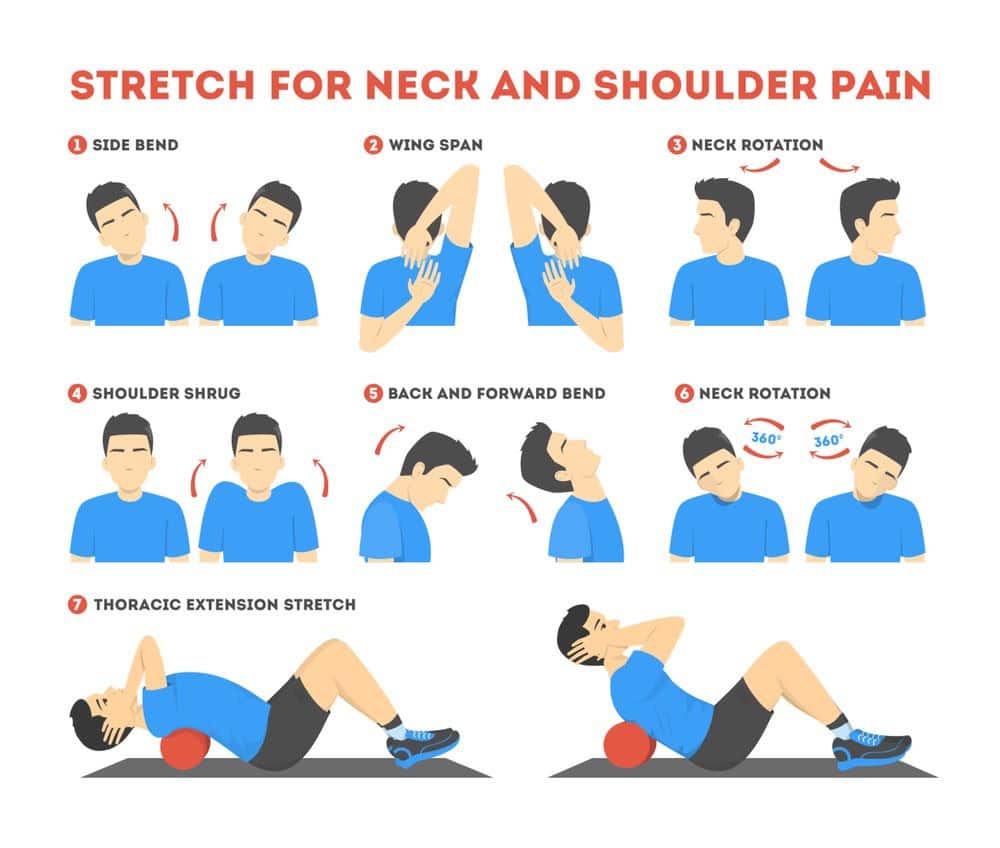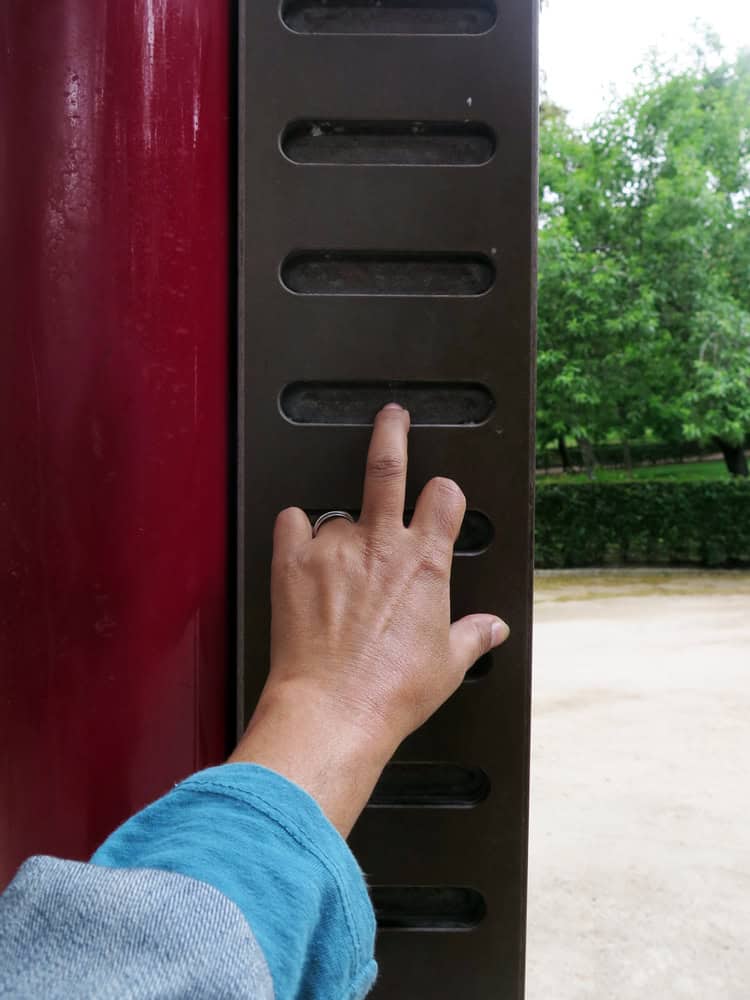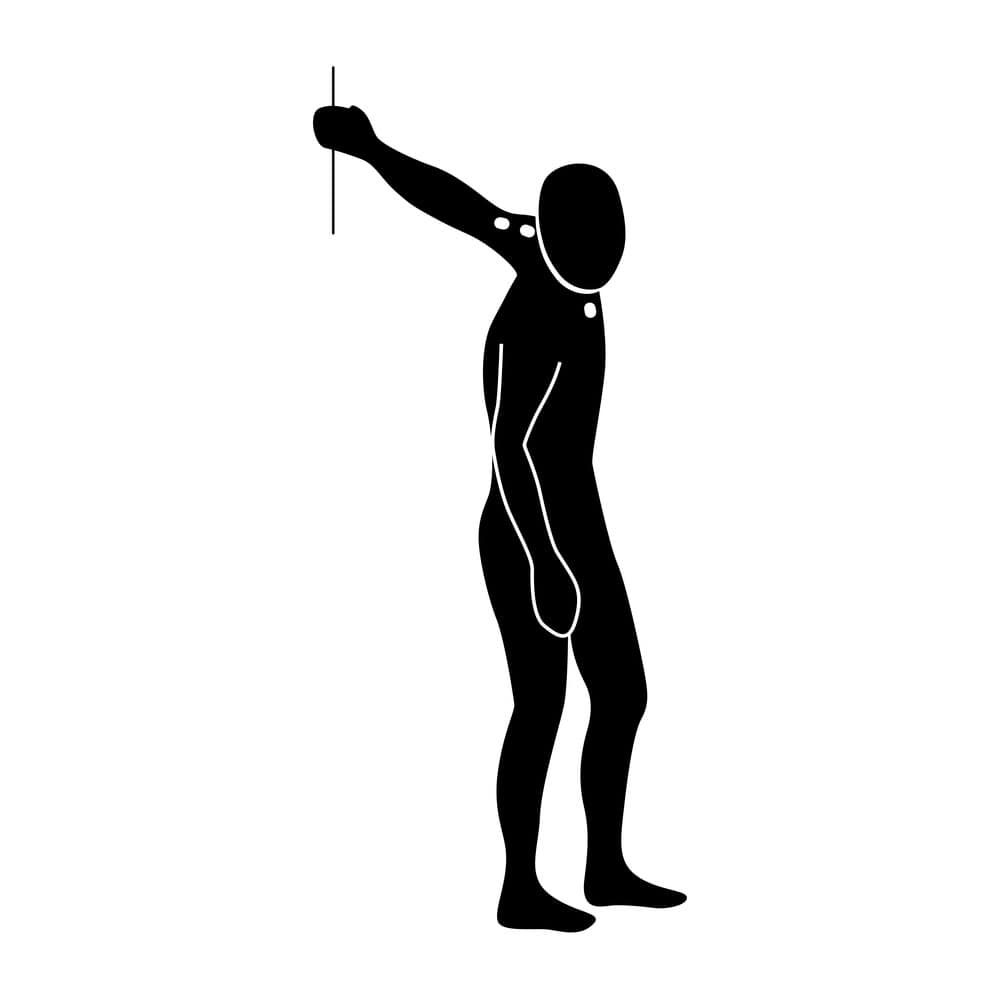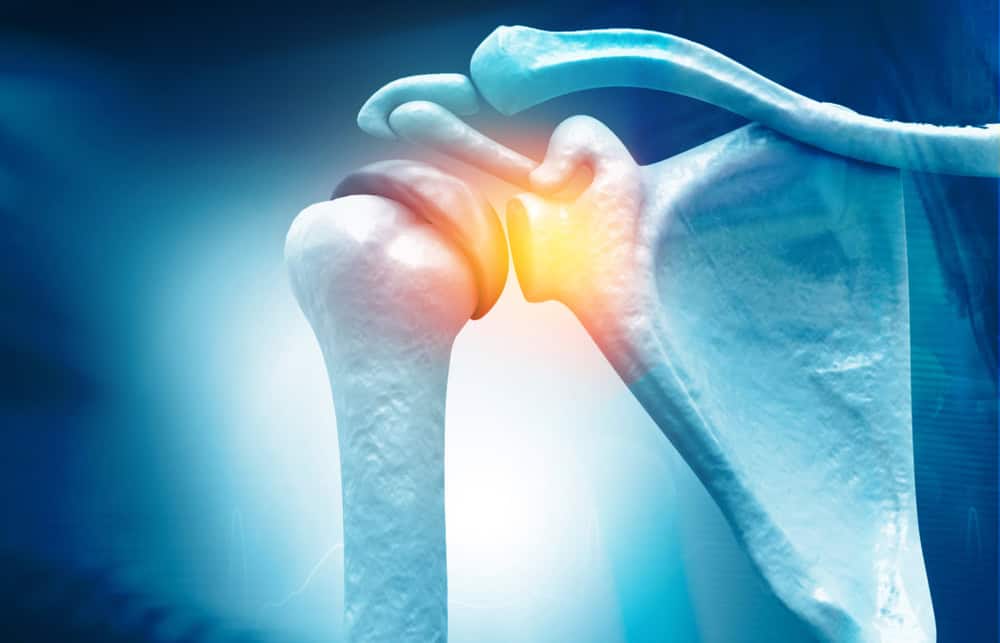A Complete Guide to the Treatment for a Frozen Shoulder
Your shoulder joint is impacted by the condition known as Frozen Shoulder. The pain and stiffness typically start gradually, get worse, and then fade away. This could take a year to three years.
Treatment for a Frozen Shoulder
The patient with a frozen shoulder gets his shoulder joint frozen. Adhesive capsulitis signs and symptoms start to get worse with time. Symptoms usually improve between 1 to 3 years with treatment for a frozen shoulder. Long-term shoulder immobilization raises the chance of developing a frozen shoulder. This case could occur following surgery or an arm break. Injections of numbing agents and corticosteroids are occasionally used as therapy.
How to Cure Frozen Shoulders Quickly?
You must be wondering: how to cure frozen shoulder quickly. Visit your clinician or a shoulder specialist for a physical examination if you believe you have a frozen shoulder or are developing one. The doctor moves your arm in different ways, such as reaching across your chest to touch the other shoulder or down your back to touch the other shoulder blade, to determine the range of motion in your shoulder (the Apley scratch test). To ensure there isn’t another underlying issue, such as arthritic changes or a dislocation, they might take x-rays. An MRI may be prescribed to examine the shoulder for a rotator cuff tear.
Pain management and regaining the shoulder’s normal range of motion are the main goals of treatment for a frozen shoulder. Your doctor may give a prescription for an anti-inflammatory drug. A corticosteroid injection into the soft tissues or shoulder joint may be administered to you. Physical therapy, however, is the mainstay of care, with an initial focus on joint capsule stretching activities and a later phase on strengthening exercises. You can practice most of your activities alone at home once you’ve identified your limitations.
Avoid any tasks that require overhead reaching, lifting, or anything else that makes your pain worse while you strive to extend the shoulder capsule. You should be able to resume your average activity level if you stick to the frozen shoulder workout regimen religiously (more than 90% of patients get well with the nonsurgical treatment for a frozen shoulder). Return to your physician or get advice from a shoulder specialist if your condition doesn’t get better or if you hit a plateau. Recalcitrant patients rarely call for surgery.
Frozen Shoulder Exercise
-
Treatment for Frozen Shoulder with Stretching
Before beginning any exercises for strengthening the shoulder, you must warm it up. To combat this, spend 10 to 15 minutes soaking in a hot bath or shower. A moist heating pad or towel heated in the microwave is an alternative that might or might not be as helpful.
-
Extending Pendulum

Extending Pendulum Exercise
Complete this warm-up first. Relax and let your shoulders drop. Keep your affected arm dangling down and slouched somewhat. Circulate the component in a small, one-foot-wide circle. Turn it ten times in each direction once a day. You can gradually widen your swing’s arc as your health improves, but you shouldn’t strain yourself. When you’re ready for a longer stretch, holding a small weight (three to five pounds) in the swinging arm could help.
-
Extending a Towel

Extending a Towel Exercises
Hold a towel three feet long horizontally behind your back with both hands. Use the healthy arm to draw up the wounded one so you can extend it. With the injured arm, grab the towel’s base and pull it toward your lower back with the other hand. Do this daily 10–20 times.
-
Walk the Finger

Walk the Finger Exercise
Turn to face the wall with your back to it and extend your arms to a distance of three-quarters of an arm’s length. Reach out with the injured arm and make contact with the wall at around waist height. Your fingers should be exerting the work, not your shoulders. Repeat while carefully lowering the arm, possibly with help from your strong arm.
-
Over-The-Shoulder or Inter-Limbic Access

Over-The-Shoulder or Inter-Limbic Access Exercise
You can decide whether to sit down or stand up. Your healthy arm should be raised at the elbow, pulled across your body, and gently pressed to stretch the shoulder joint. Hold onto the stretch for at least 15 seconds before letting go. Do this daily 10–20 times.
-
Stretching the Armpits

Stretching the Armpits Exercise
Raise the damaged arm to a roughly chest-level shelf using the strong arm. To make room under the arms, gently bend the knees. Lean slightly at the waist, bend your knees to extend your armpits, and straighten your legs. With each knee bend, lean slightly forward but try not to strain. Repeat every day 10 to 20 times.
How to Sleep with a Frozen Shoulder?
Below is a detailed guideline about how to sleep with a frozen shoulder:
-
Neck and Head Support
Unmoving Shoulders Make sure your head and neck are supported adequately, whether you sleep on your side or your back. How much a well-supported head and neck relieves a sore shoulder may surprise you. Reduced pressure on your musculoskeletal system and improved CNS function are benefits of keeping your head and neck aligned with your spine. Weight distribution and shoulder pressure reduction are aided by proper body alignment.
-
Body Pillows
Use a body pillow to improve sleep. Side sleepers who want to maintain a healthy shoulder can use a body cushion against their back. As a result, you won’t sleep with pressure on your frozen shoulder. Put a body cushion along the side of your body with the frozen shoulder if you sleep on your back to keep your shoulder and arm raised.
-
Supported Side Sleeping
With a cushion, sleeping on your unaffected side can help with stiff shoulders. You can use a conventional bed pillow or smaller toss pillows instead of a body pillow if you don’t have one. Keep your chest broad and your shoulders straight when resting on your side by holding a pillow between your arms. You can prevent sagging shoulders by putting the cushion under your armpit and wrapping your arms over it.
-
Back, Arms by Side
For frozen shoulders, lying on your back with your arms at your sides is also beneficial. The strain on your body is distributed more evenly when you sleep on your back with adequate head and neck support. Attempt to lie on your back with your palms facing down. Muscles and soft tissues can stretch and relax in this prone position with extended arms. As your muscles relax, it can help you feel less stressed and tense in your shoulders and neck.
-
Heat Pad
When using a heating pad while you sleep, think about utilizing one with a timer. You could even microwave a cloth bag with wheat or cherry pits and sling it over your shoulder. Heat eases discomfort and relaxes the soft tissues and muscles in the shoulder that are sore and uncomfortable.
Frozen Shoulder Diet
Because altering one’s diet frequently entails changing one’s behaviors, bad habits can be challenging to break. It may be difficult to begin a new frozen shoulder diet that includes wholesome foods, omega-3 supplements, spices, nuts, seeds, and veggies. It can be helpful to have assistance when overcoming a challenge. Consume anti-inflammatory foods to lessen inflammation. Obstacle-reducing fruits (pineapple, berries, red grapes), fish oil (which contains Omega 3 fatty acids), nuts, seeds, avocado, turmeric, ginger, and other antioxidant-rich vegetables like broccoli, cauliflower, cabbage, and sweet potatoes, among others, all aid in the body’s detoxification process. Foods are high in probiotics (yogurt, kombucha, kefir, etc.).
Frozen Shoulder Stages
There are four stages of frozen shoulder; as discussed below:
-
Stage 1 – ‘Pre-Freezing’
You have probably experienced the signs of adhesive capsulitis for some time. Day and night, especially after movement and inactivity, the shoulder pains. Movement and shoulder use will be restricted by pain. Movement loss is most apparent when raising your arms or reaching behind your back.
-
Stage 2 – ‘Freezing’
The freezing stage usually happens after three to nine months of pain and stiffness. Nighttime pain will get worse, shoulder movement will get worse, and pain and stiffness will still limit shoulder movement.
-
Stage 3 – ‘Frozen’
Symptoms have been present for nine to fourteen months, and the range of motion has been significantly diminished. Early in this stage, there is a significant degree of agony, which lessens as the frozen period closes. The shoulder may only experience pain when it is moved to its maximum range of motion.
-
Stage 4 – ‘Thawing’
Typically, after twelve to fifteen months of symptoms, the discomfort has subsided. Although the range of motion is still restricted, it is slowly improving. The physiotherapist will use manual therapy, strength training, and positive words to help the person regain normal movement.
Dos and Don’ts Frozen Shoulder
Below we have discussed the dos and don’ts for frozen shoulder in detail.
Frozen Shoulder Dos
-
Consult Your Doctor
Do you have signs of frozen shoulders? Visit a physician. Your health may be worsened by self-diagnosis and self-treatment. Doctors use physical examinations to identify frozen shoulders. Exams measure the range of mobility in the shoulders. You might be asked to touch the shoulder or hip on the other side. They can assess your passive range of motion by moving your arm while you’re relaxed. Afterward, the HEALTH CARE PROVIDER might prescribe an X-ray to rule out arthritis or a dislocation. Your doctor will advise a course of treatment for a frozen shoulder to address your issue and provide you with rest and exercise guidelines. They can also suggest a physical therapist for you. Use painkillers to promote a quick recovery, and heed your doctor’s advice.
-
Regularly Use Your Affected Arm
Inactive shoulders and arms prevent healing. Resting will make your issue worse. A frozen shoulder may result from immobility brought on by a broken arm, a stroke, a shoulder injury, or surgery. The joint capsule enlarges and contracts when your arm and shoulder are still.
-
Pay Attention to Your Posture and Sleeping Posture
Patients who have frozen shoulders are more susceptible to poorer sleep. The initial stage, often known as the freezing stage, is when you experience the most agony. Thus, this is particularly true during that time. However, obtaining enough sleep aids in the healing process and lowers inflammation.
Frozen Shoulder Don’ts
-
Do Not Skip Your Physical Therapy Sessions
You will learn exercises from your therapist that emphasize extending the joint capsule. You can add strengthening workouts once your health has improved. Attend your physical therapy appointments if you have a frozen shoulder to maintain your progress. The initial few sessions are crucial because this is when they assess your health and provide you with instructions on exercises for frozen shoulders. You’ll discover how far you can push yourself under your therapist’s direction without endangering your shoulder when you perform these exercises at home. Additionally, wait for your doctor’s and therapist’s approval before moving on to strengthening workouts.
-
Don’t Do Activities That Cause Pain
Although maintaining shoulder mobility is essential for healing and recovery, you should still avoid pulling, jerking, and jarring movements. These motions will exacerbate the discomfort and put additional strain on your muscles. Don’t rush your recovery because a frozen shoulder may take some time to recover.
-
Causes of Frozen Shoulder
Do you know: what causes frozen shoulders? What precisely causes this disease is unknown. A frozen shoulder can develop if the shoulder is immobile (following an arm injury, for example). The shoulder joint may also become frozen due to inflammation of the muscles and tendons, such as rotator cuff tendinitis or bursitis.
Conclusion
Conservative treatment for a frozen shoulder should be the initial option for a frozen shoulder since most cases resolve independently. It would be best if you considered operative treatment. Still, the patient’s ability to function in everyday life was severely impaired in cases where conventional treatment for a frozen shoulder failed. Operative therapy aims to release the capsule using open surgery, arthroscopy, or manipulation while the patient is under anesthesia.
How can you book an appointment?
We aim to see you within 24 hours so contact us to make an appointment either online at www.primphysiocare.co.uk or to find out more information on how we can help you, please call us on 07515280990 or email us primephysiocareluton@gmail.com. We are one of the best clinics whose physios are registered with HCPC, CSP and Physio first as well have enormous experience.
FAQs
Q: What treatment for a frozen shoulder works the fastest?
Individuals respond differently to treatment for a frozen shoulder; options include physical therapy, analgesics, local therapy, and surgery.
Q: How are frozen shoulders permanently resolved?
A frozen shoulder may become permanent if aggressive therapy is not received. Range-of-motion exercises, ice packs, ultrasound, electric stimulation, and strengthening exercises can all be part of diligent physical therapy to treat a frozen shoulder.
Q: What should one avoid doing if they have a frozen shoulder?
Although maintaining shoulder mobility is essential for healing and recovery, you should still avoid pulling, jerking, and jarring movements. These motions will exacerbate the discomfort and put additional strain on your muscles.
Q: What vitamins are beneficial for thawing frozen shoulders?
Over-the-counter medicines like turmeric, Omega-3 fatty acids, glucosamine, and chondroitin may help reduce inflammation and relieve joint pain.
Q: Is heat effective against frozen shoulders?
People frequently believe that warming a frozen shoulder is a good idea, but the opposite is true. The cold will work better on the frozen shoulder than heat. Therefore, either purchase usable ice packs or use a packet of peas (or similar).



